-
Products
- Gas analysis systems
- GAOS SENSON gas analyzers
- GAOS MS process mass spectrometry
- MaOS HiSpec ion mobility spectrometer
- MaOS AxiSpec ion mobility spectrometer
- Applications
- News
- Events
- About us

The impact of microplastics has led the federal and California governments to implement a number of measures related to the presence of microplastics in the environment:
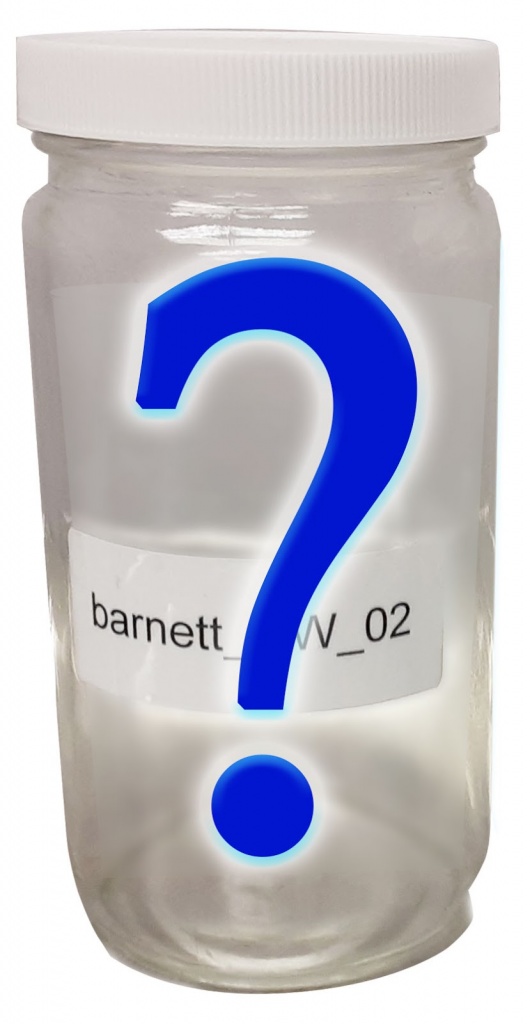
|
BTS received four samples of clean water (meant to mimic processed drinking water) with various microplastics spiked by the study organizers. The samples consisted of several types of plastic particles of different sizes, colors, and morphologies. In addition, each sample may have a series of non-plastic materials that are intended as false-positive controls. |

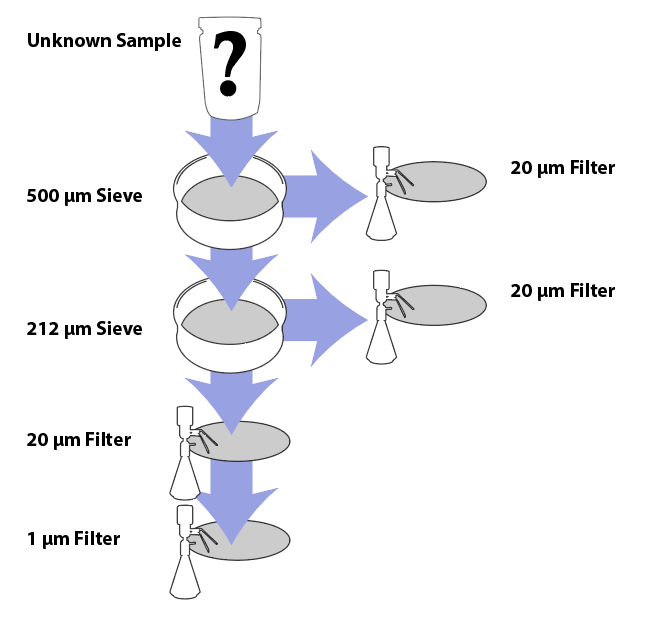
|
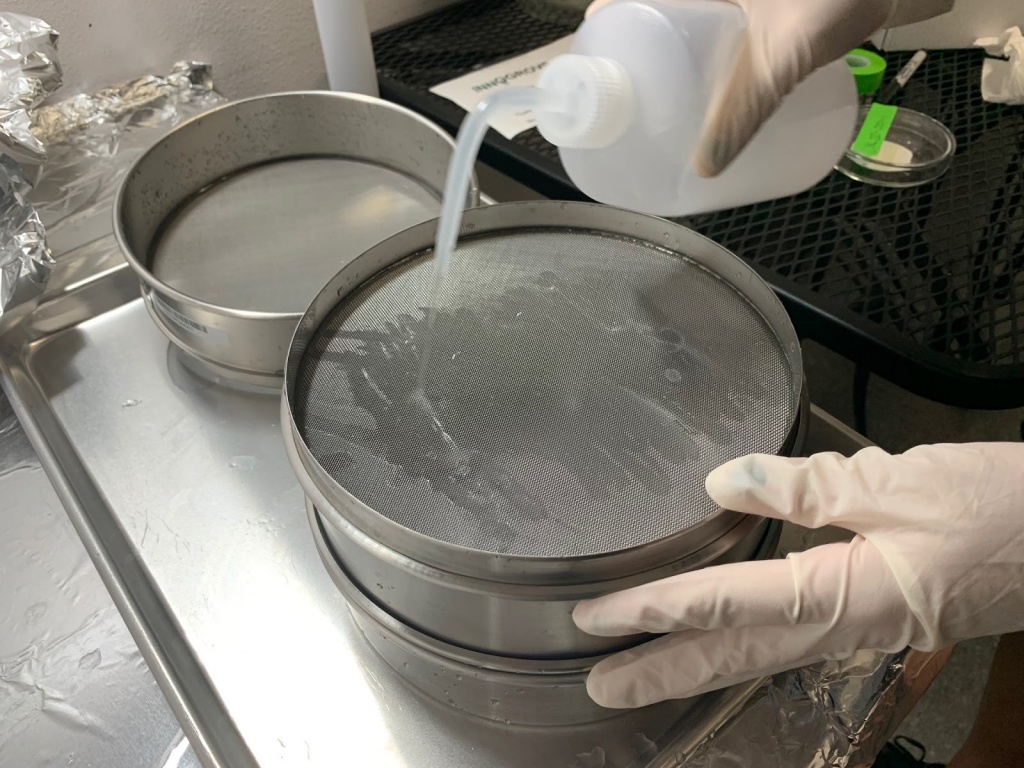 |

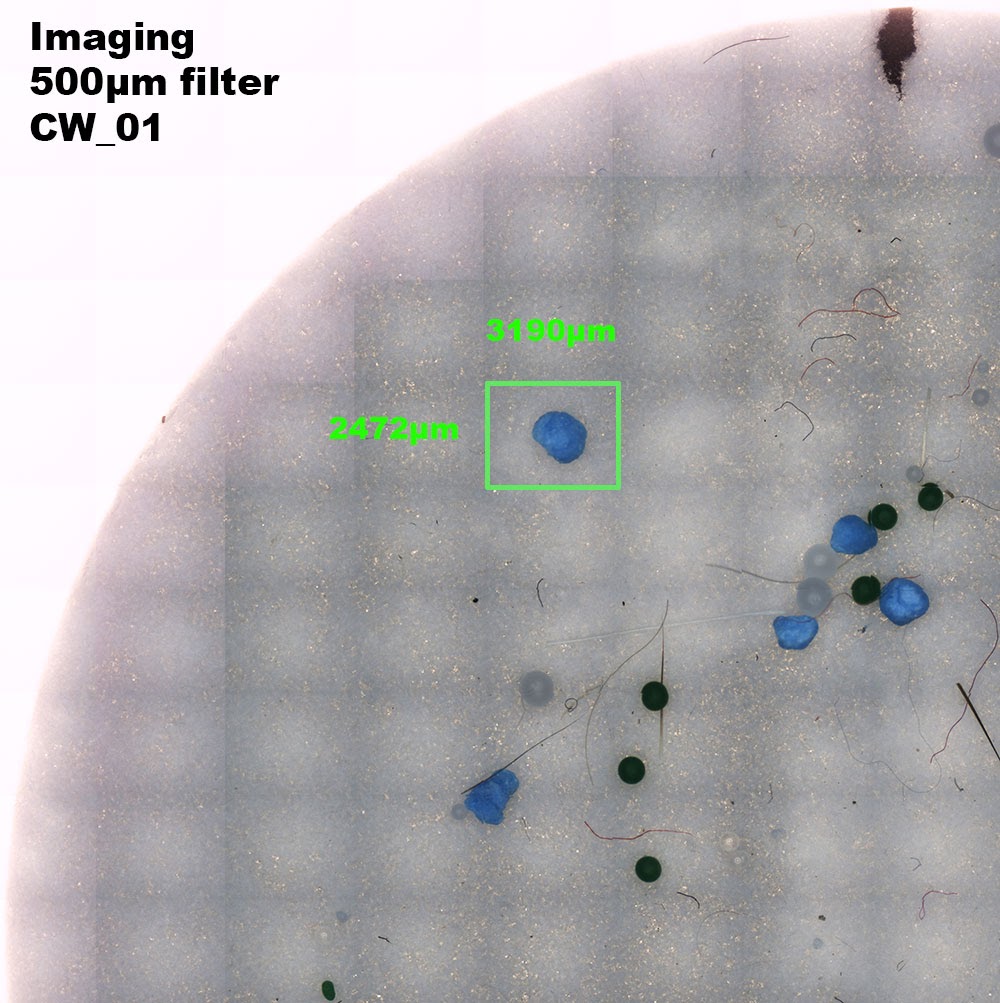 |
Raster scan image of 80 smaller images (one smaller image shown in green box). The smaller images are combined to generate an image covering ¼ of a 47mm diameter filter showing microplastics particles. |
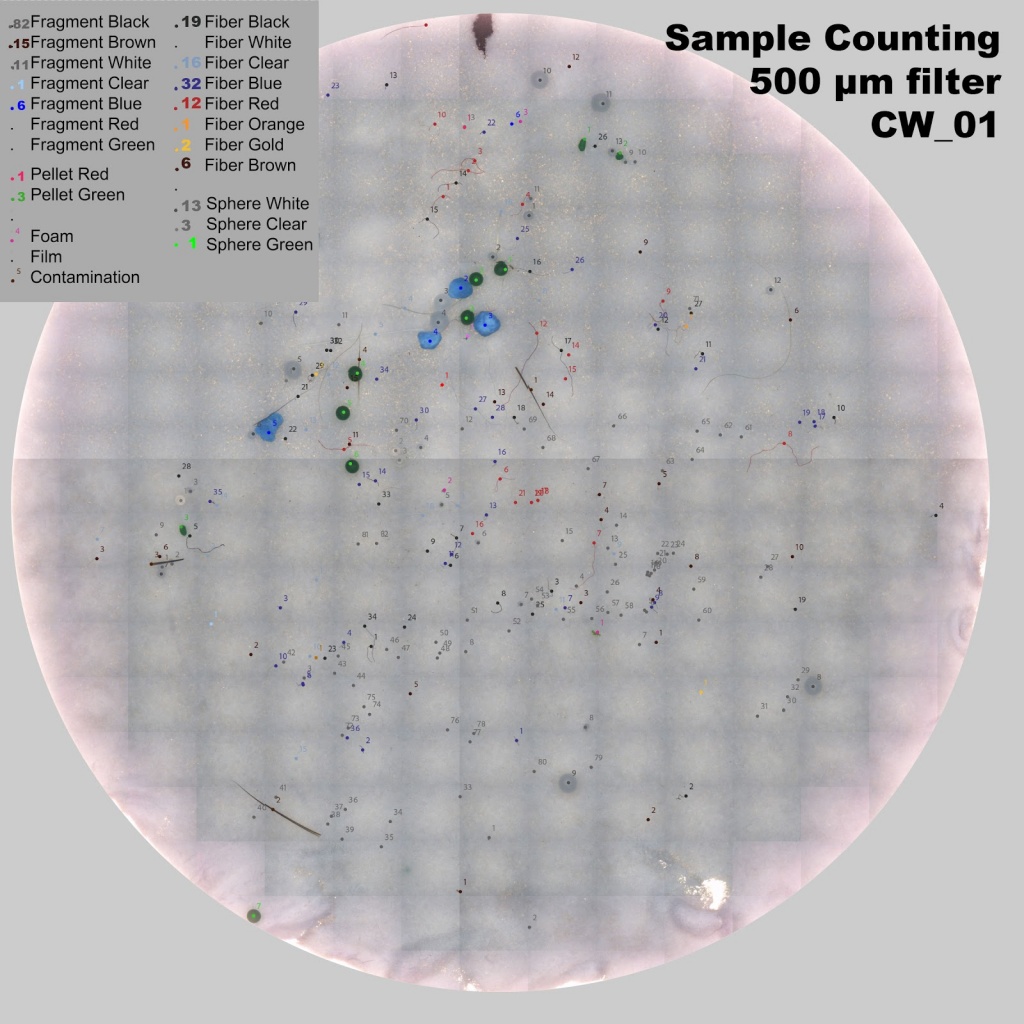 |
Particles larger than 10 μm were counted and identified by size and morphology. The entire CW_01 500 μm filter with particles classified by color and type. |
 |
Each particle was individually imaged at high resolution to provide an accurate record of the particles with their dimensions. |
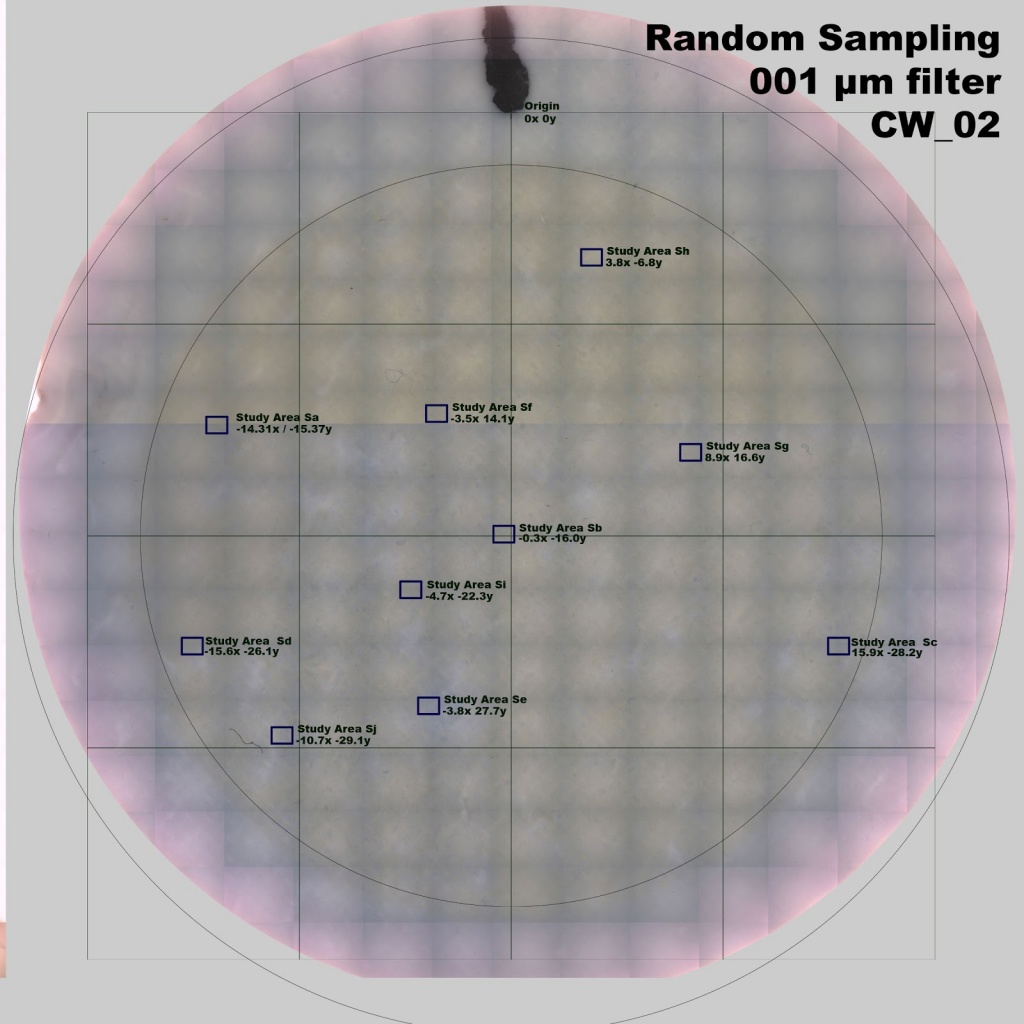 |
For filters that had a large number of particles, subsampling was performed to estimate the particle count. Subsampling regions were generated by a random number generator plugged into a coordinate matrix to select random regions to sample and count particles. A typical filter with subsampled regions is shown below. Full view of filter CW_02 with random regions for subsampling noted. |
A video illustrating the transfer of a spherical microsphere is shown below:
The transfer of a fiber using the microtweezers accessory its shown below. In this example, the fiber of interest was trapped below another fiber in the substrate and the micro tweezers were used to pull the blue fiber away from the substrate.
After transfer, the particles were placed in grids for further analysis.
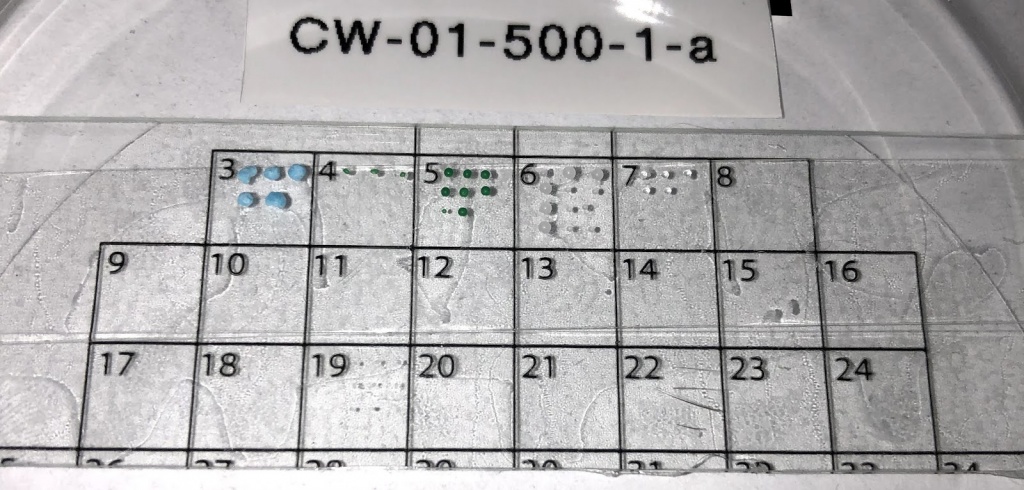 |
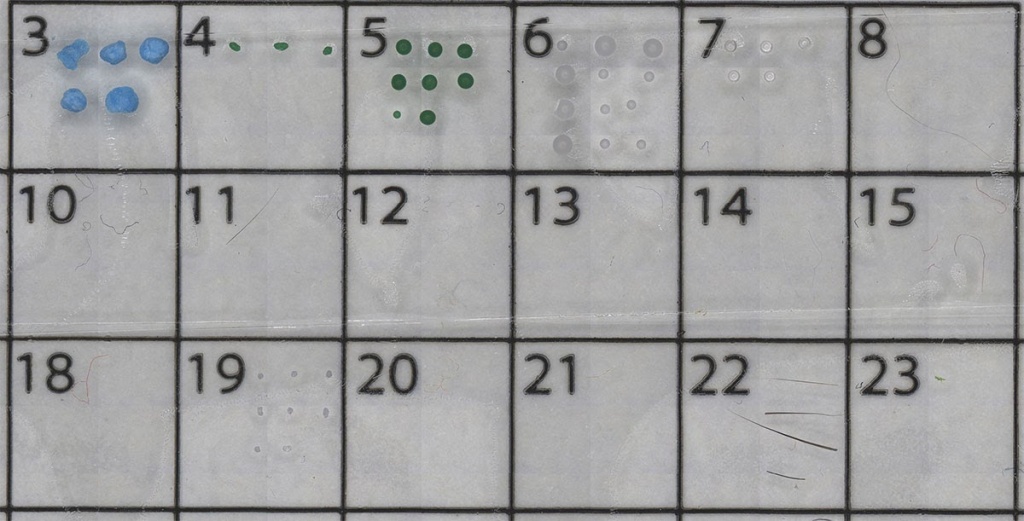 |

Raman measurements were performed at 532 and 785 nm excitation. Typical measurements took about 30 seconds and identification of the plastic within a minute was possible. Library searches with their match for two particles are shown below.
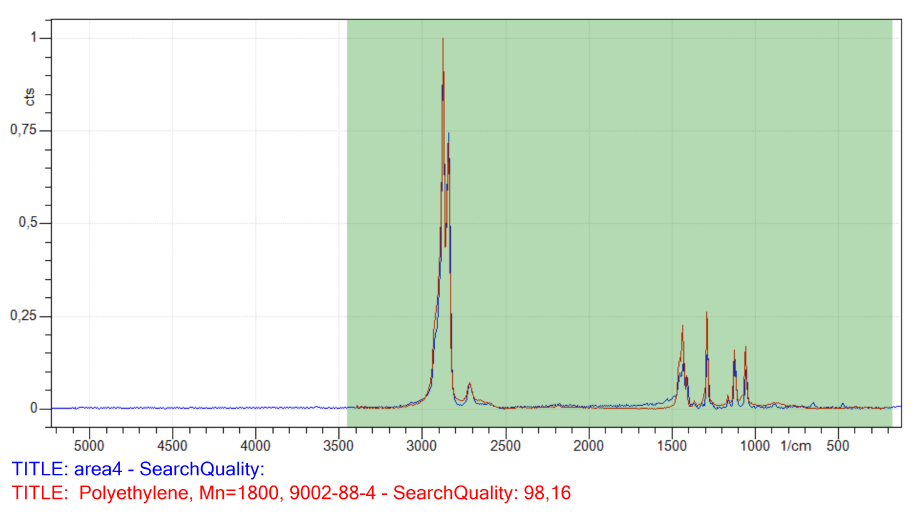 |
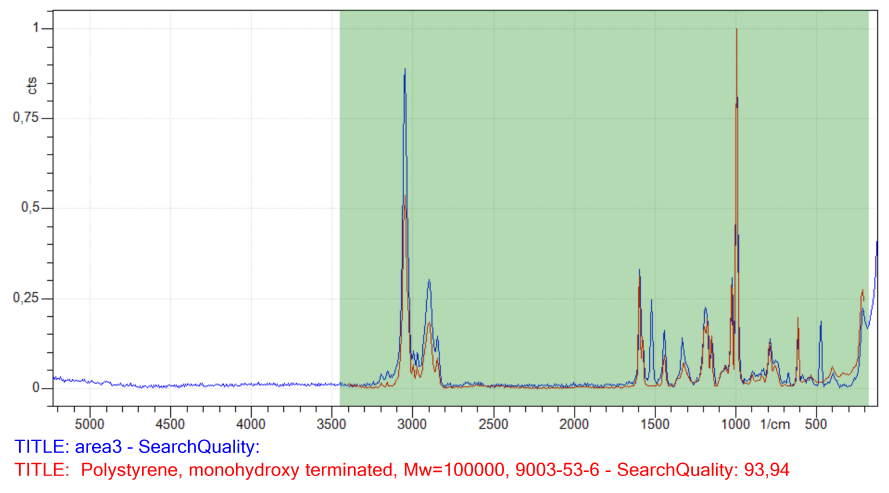 |
The Micro Support Axis Pro micromanipulator combined with Ostec Raman microscopes comprise a powerful suite of tools for microplastic characterization. The micromanipulator can be used for isolating critical particles and Raman microscopy allows for the rapid identification of most microplastics.